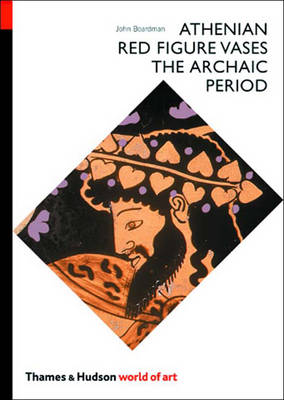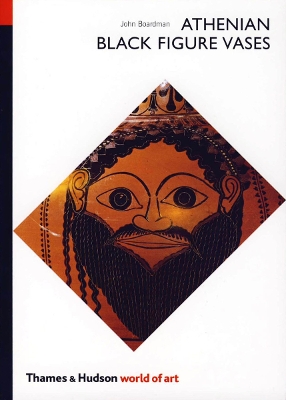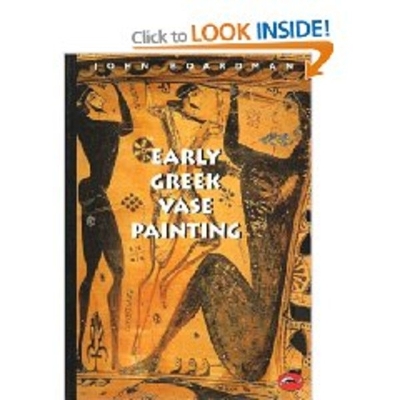World of Art
6 total works
First published in the early 1960s, this history of Greek art has been enlarged and rewritten. It takes into account new finds as well as new ideas and attitudes to the subject, and emphasizes that Greek art should be seen in its proper context, not that of galleries and museums.
The quality of Greek painting and the intrinsic interest of the figure subjects chosen for depiction were never greater than in Athens in the fifty years following the invention of the 'red figure' technique is about 530 BC. The period is covered in this sequel to Athenian Black Figure Vases, also written by John Boardman, Lincoln Professor Emeritus of Classical Archaeology and Art in Oxford.
Athenian black figure vases bear the work of consummate artists, like Exekias, who depicted on them scenes of myth and everday life which deepen our knowledge and understanding of Greek antiquity.
John Boardman enables the reader to study the many aspects of the vases, and to grasp the essential style of a painter or group of painters, without having to consult a number of expensive, and not always easily available, publications.
A final section is devoted to the mythological scenes and other decorative features of the vases.
John Boardman enables the reader to study the many aspects of the vases, and to grasp the essential style of a painter or group of painters, without having to consult a number of expensive, and not always easily available, publications.
A final section is devoted to the mythological scenes and other decorative features of the vases.
Sir John Boardman's account of Athenian vase painting in the fifth and fourth centuries BC forms the sequel to his world-renowned handbooks on Archaic Black figure and Red Figure vase painting. It offers a detailed survey of all the important painters and workshops, as well as techniques of production and marketing and reveals the fascinating information they give us about the everyday life of the period.
For many people there is no more satisfying expression of Greek art than its sculpture. It was the first, the only ancient art to break free from 'conceptual' conventions for representing men and animals, and to explore consciously how art might imitate nature or even improve upon it.
The first stages of this discovery, from the semi-abstract beginnings in the eighth century BC to the more representational art of the early fifth century, are explored and copiously illustrated in this handbook.
The first stages of this discovery, from the semi-abstract beginnings in the eighth century BC to the more representational art of the early fifth century, are explored and copiously illustrated in this handbook.
All the components of Greek art which were to culminate in the Classical styles of the 5th century BC can be traced in the development of vase painting in early Greece, form the 11th to the 6th centuries BC. geometric styles gave way by about 700 BC to the influence of the Near East; in the following Orientalizing period the Greeks learned how to tell a story in pictures;and by the 6th century various regional studios were competing with the dominant Corinthian and Athenian potters and painters for markets east and west. Early Greek vases display the craft at its most mathematical, it most colourful, and in its most directly story telling mode. They closely mirror the history and culture of their day. The later achievements of Greek art can only be fully understood in the light of this formative period of variety, competition and experiment. There are three companion volumes to this handbook, all by Sir John Boardman: Athenian Black Figure Vases, Athenian Red Figure Vases: the Archaic Period, and Athenian Red Figure Vases: the Classical Period.




